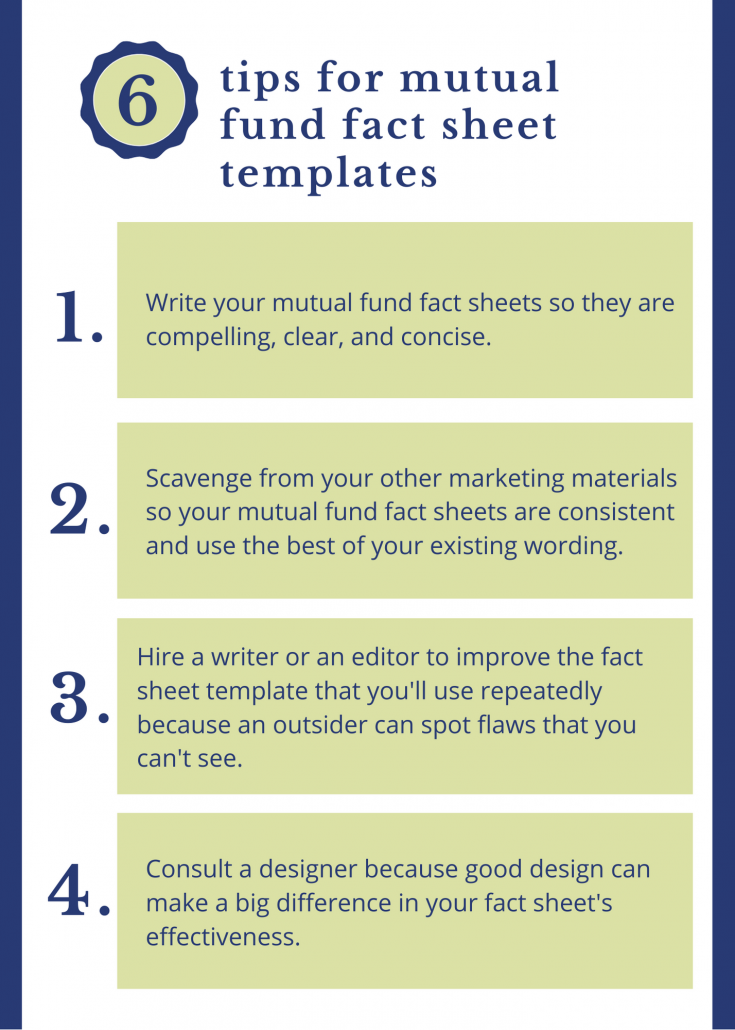“Does your advice stick?” is the title of an article by Moira Somers in the Journal of Financial Planning (May 2018). Based on her book, Advice That Sticks: How to Give Financial Advice That People Will Follow, it describes why clients fail to follow financial advice, and what advisors can do about it. Somers lists preventable mistakes that advisors make in their personal relationships with clients and prospects.
Some of the mistakes could seep into your writing, making it harder for clients and prospects to feel a connection with you. I highlight two of them below, with comments on how to address them.
Mistake 1. “Using incomprehensible jargon”
If people can’t understand what you’re saying, they can’t follow your advice.
If you’re not sure about the jargon level of your writing, you can run tests using Hemingway, the app I describe in “Free help for wordy writers!” You’ll find more tools in “Does your article pass these writing tests?”
Even better, get a member of your target audience to read what you’ve written. Then, don’t just ask them, “Do you understand what I’ve written?” Ask them to summarize it in their own words. That’s the gold-standard test.
Somers suggests that you ask even more from members of your target audience. She says:
Start by taking every piece of written information you might give to a typical client and hand it over to four or five people—either existing clients or people who would be similar to them in major ways. Equip them with a marker and ask them to highlight every sentence whose content they do not fully understand. Compare the results. Redo those documents in client-friendly language.
That seems as if you’re asking a lot of those people. However, it would be a valuable exercise.
When you rewrite your documents, you may find it helpful to use the techniques in “How to make one quarterly letter fit clients at different levels of sophistication” and “Plain language: Let’s get parenthetical.” You can also consult “Glossaries for investment and economic jargon.”
Mistake 2. “Allowing disapproval, disappointment, or disdain to taint the relationship”
Somers’ suggestion for this point focuses on in-person meetings. “Do a warmth audit of your team,” looking at “eye contact, nodding, and smiling.” Look at your writing through a similar lens.
Tone matters. Your blog posts and articles can suggest that your readers are making mistakes, but you shouldn’t imply “Oh, you idiot, stop making such stupid moves!”
I struggle with hitting the right tone as I write blog posts. It’s not easy. By saying that many people grapple with similar issues, I hope to avoid shaming people. After, most of my readers aren’t professional writers. It’s not reasonable to expect them to know the ins and outs of grammar, white papers, and the like.
Show empathy. You can do this focusing on the reader, suggests The Search Guru in “Discover how to show empathy in writing and why it’s important.” That means showing that you understand and empathize with the wants and/or needs of a relevant group of people.”
I offer more tips on this in “How to add personality and warmth to your financial writing—”How to add personality and warmth to your financial writing—Part One” and “How to add personality and warmth to your financial writing—Part Two.”
Purge these preventable mistakes from the writing you put in front of your clients and prospects! You’ll like the results.
Disclosure: If you click on an Amazon link in this post and then buy something, I will receive a small commission. I link only to books in which I find some value for my blog’s readers.


